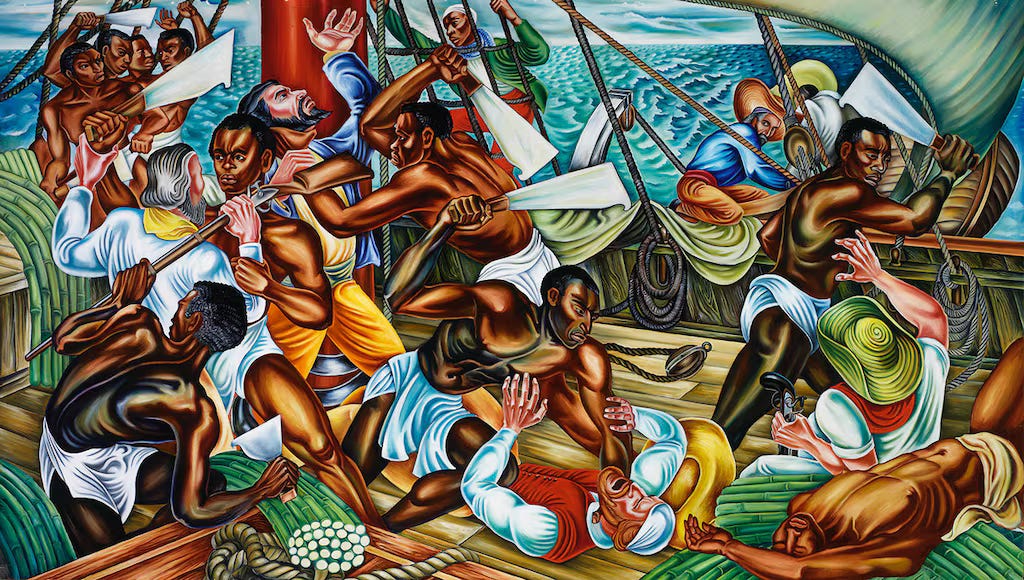Throwback Thursday: So You Want to Throw a Slave Mutiny?
A lost supplement from the New York Times Bestseller "Black AF History: The Unwhitewashed Story of America."

When writing Black AF History: The Unwhitewashed Story of America, my editor informed me that there was one problem with the manuscript:
It was “revolt-heavy.”
Even though rebellions of enslaved people are one of my favorite historic…
Keep reading with a 7-day free trial
Subscribe to ContrabandCamp to keep reading this post and get 7 days of free access to the full post archives.


